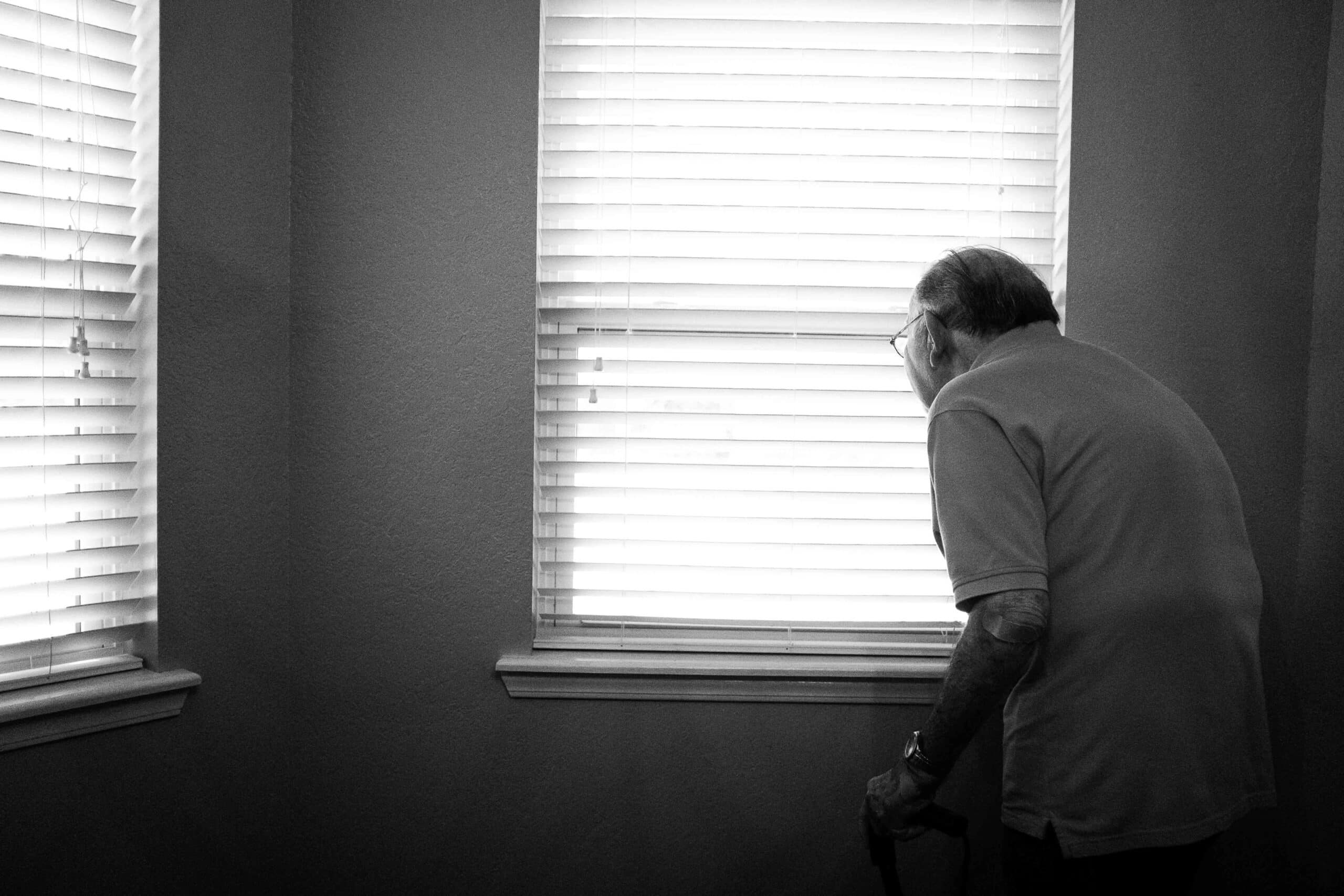
Adult Incontinence: What You Should Know
How common is incontinence in adults?
Incontinence refers to uncontrollable urine leakage. Up to a third of Americans have trouble controlling the urge to go, especially as they get older. If you’re experiencing symptoms of incontinence, it’s important to talk with your doctor. They can help you understand what’s triggering your incontinence and provide you with options for treatment.
What are the symptoms?
Adult incontinence isn’t a condition — it’s a symptom of another problem there are five types of incontinence, and each manifests a little bit differently:
- Urge incontinence, also called overactive bladder: You often feel a sudden, intense urge to urinate, and sometimes you leak.
- Stress incontinence: A cough, sneeze, or laugh can make you leak urine.
- Overflow incontinence: Urine often dribbles out, and you can’t fully empty your bladder when you use the bathroom.
- Functional incontinence: You leak because a condition like arthritis or Alzheimer’s disease prevents you from getting to the bathroom timely.
- Mixed incontinence: You experience a combination of stress and urgent incontinence.
Adult incontinence causes
Usually, the muscles in your bladder wall relax while the bladder fills with urine, and then once it’s full the bladder sends your brain a signal that it’s time to go. The muscles in and around your bladder hold the urine inside until you can make it to the bathroom.
Incontinence happens when the muscles that hold in urine or that support your bladder weaken enough to let urine leak out.
Nerve damage can also prevent your brain from getting the message that it’s time to go.
Here are some causes of incontinence:
- age
- menopause
- enlarged prostate
- prostate cancer
- blockage in the urinary tract
- conditions that damage nerves, such as multiple sclerosis, Parkinson’s disease, and stroke
- structural problems with the urinary tract
Products to help manage incontinence.
Certain products can help manage leakage and prevent urine odor:
- Absorbent pads: These pads are like the ones used for menstrual periods; except they can hold more fluid. Incontinence pads stick to your underwear and absorb urine and odors.
- Incontinence panties and briefs: These products have an absorbent pad built into a pair of briefs. Some types of bladder control underwear are disposable.
- Plastic pants: These plastic briefs slip on over your underwear to prevent leaks.
- Protective pads: You can place these bed pads over your sheets to prevent you from having to change the bed if you leak during the night.
- Catheters: A catheter is a thin, flexible tube that goes into your urethra to drain your bladder. Men can wear a condom-like catheter device that fits over the penis. The catheter drains urine into a bag.
How to prevent incontinence
Incontinence isn’t always preventable, but a few lifestyle changes can make you less likely to deal with urinary urgency and leakage. You can:
- Limit fluids. Avoid drinking large amounts of water, fruit juice, and other fluids at once. Instead, drink small amounts at regular intervals during the day. If you have problems holding in your urine at night, don’t drink any fluids just before bed. You should also avoid diuretics like caffeinated soda, alcohol, and coffee—they make you go more often.
- Get on a bathroom schedule. Go to the bathroom at regular time intervals, such as once every 2 hours. Try to gradually increase the amount of time between bathroom visits. Waiting to go will train your bladder to hold urine longer.
- Eat more fiber. Constipation can contribute to incontinence. Eating more fresh fruits, vegetables, and whole grains can prevent constipation.
- Maintain a healthy weight. Being overweight can put extra pressure on your bladder, making you go more.
Incontinence Care provided by SpringBrook
Depending on the level of care that you choose, SpringBrook healthcare providers can assist with scheduled bathroom/toileting programs, incontinence care, and catheter care. Urinary incontinence can affect your work, social interactions, and just about every part of your life. If you’re experiencing symptoms, talk with your doctor or a member of our healthcare team. They can help you work with your doctor to develop an appropriate treatment plan to reduce your symptoms and improve your quality of life.


